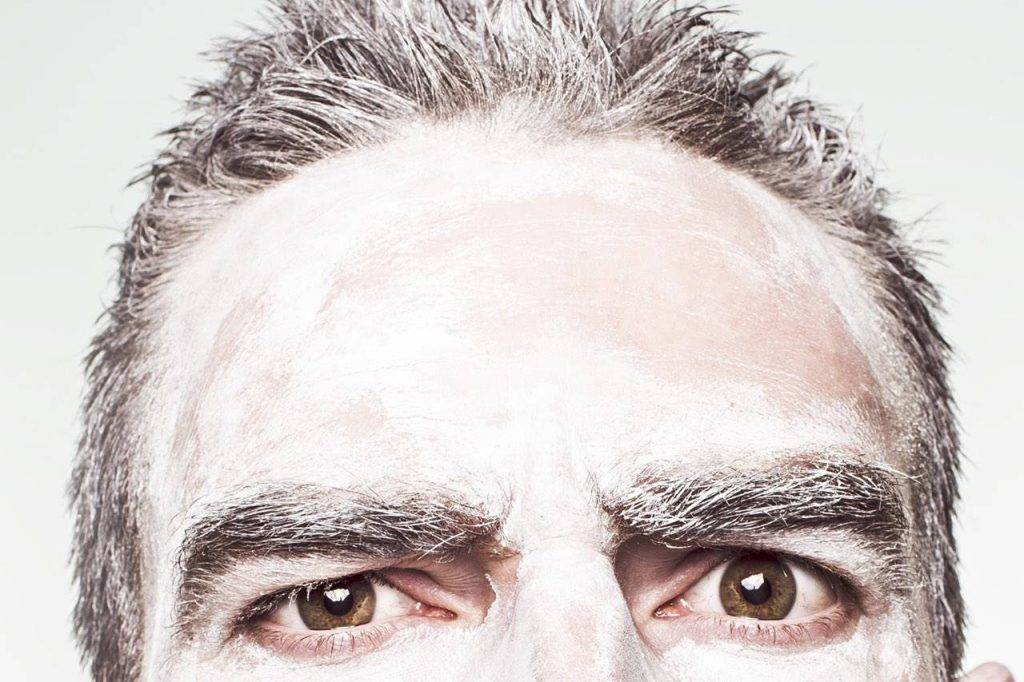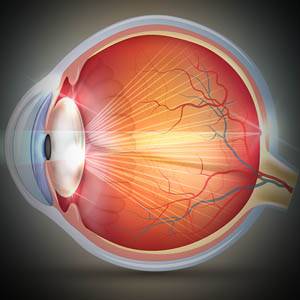The complaint of ‘pressure behind the eyes’ has many causes, and some can be sight-threatening.
A feeling of pressure behind your eyes isn’t necessarily caused by a condition inside your eye. It often starts in a different part of your head or face.
Feelings of eye pressure should always be taken seriously and be reported to your doctor.
Eye pain is usually described as stabbing, searing, or stinging and requires immediate medical attention as it could be caused by glaucoma or various contagious eye infections.
Here are the most common causes of pressure felt behind the eye.
1. Migraines and tension headaches
Tension and migraine headaches are two types of headaches that can induce a sense of pressure behind the eyes.
Tension headaches are the most frequent type of headache, with over 80% of people suffering from them.
Migraine headaches are a form of severe headache that are often accompanied by visual irregularities, such as zig ag or colorful lines. You may experience migraine headaches randomly or due a trigger such as stress or certain foods or medications.
A headache can cause a variety of symptoms in addition to pressure behind the eyes, such as:
- Red, teary eyes
- Drooping eyelid
- Neck and shoulder muscle pain
- Swelling on one side of your face
- Sweating or redness of your face
- Pain in your head that feels aching, tight or intense
2. Sinus infection
When bacteria or viruses get into the space behind your nose, eyes, and cheeks, it causes sinusitis, or a sinus infection.
These infections cause your sinuses to expand and mucus to build up in your nose. You’ll feel pressure in the upper region of your face, especially behind your eyes and around your cheekbones.
Additional symptoms of sinusitis may include:
- Fever
- Cough
- Tiredness
- Headache
- Bad breath
- Sore throat
- Stuffy or runny nose
- Loss of sense of smell
- Pain or pressure in the face
- Post-nasal drip (mucus dripping from the nose down the throat)
If you are experiencing any pressure behind your eyes, contact an eye doctor near you.
SEE RELATED: Why Is There Excess Fluid in My Eye?
3. Graves’ disease
Graves’ disease is a condition in which the tissues, muscles, and fat behind the eyes enlarge as a result of an overactive thyroid gland.
This condition causes the eyeball to expand out of the socket, which can cause other problems like dry eye syndrome and the inability to move the eyeball.
The enlargement of the tissues behind the eye might cause a pressure sensation.
Graves’ disease symptoms that affect the eyes include:
- Dry eyes
- Loss of vision
- Double vision
- Sensitivity to light
- Ulcers on the eye
- Swelling of the eyeball
- Being unable to move the eye
- The eye bulging from the socket
- A feeling of irritation in the eyes
- Eyes tearing up more than usual
4. Optic neuritis
Optic neuritis is an inflammation and swelling of the optic nerve that connects the eyes with the brain.
Pain and brief vision loss are common side effects, with symptoms peaking within a few days and lasting 4–12 weeks.
Symptoms of optic neuritis include:
- Reduced vision
- Loss of vision in one eye
- The pupil reacting unusually to bright light
- Pain in the eye, especially when moving it
- Color blindness, or colors appearing less vibrant
- Blurry sight
5. Toothache
As the surrounding nerves are impacted by a toothache, especially if it is caused by infection, throbbing pain and feelings of pressure may travel to other parts of the face.
Toothache can often lead to ‘referred pain’, where the pain is felt to occur in an adjacent part of the face rather than in the mouth or a specific tooth.
6. Injury to the face
Face injuries, such as those experienced in car accidents or while participating in sports, can cause pressure and pain behind and around the eyes.
The eye muscles, nerves, and sinuses can all be damaged by various forms of eye socket fractures.
Eye socket fractures may cause:
- A black eye
- Swelling near and around the eye
- Double vision, blurry vision, or reduced eyesight
- Numbness in parts of the face around the injured eye
- The eye appearing to either bulge or sink into the socket
- A flat-looking cheek, possibly with severe pain while opening the mouth
Treatment
In order to effectively treat pressure behind the eyes, the underlying conditions must be addressed.
The usage of over-the-counter anti-inflammatory medicines and pain relievers are safe to take. They may help relieve pressure if it isn’t too severe and doesn’t appear to be a symptom of something more serious.
Consult a doctor if the pressure is severe or accompanied by other symptoms. Your doctor will prescribe any necessary treatment after diagnosing the problem.
LEARN MORE: Guide to Eye Health
Contact an eye doctor near you who can determine the cause of any pressure behind the eyes.
If you experience ‘pressure behind the eyes’ following your doctor’s directions and taking any medication suggested, you’ll have the best chance of managing this disabling condition.








